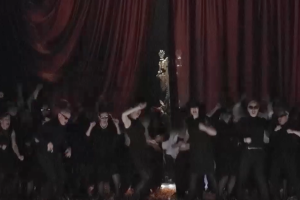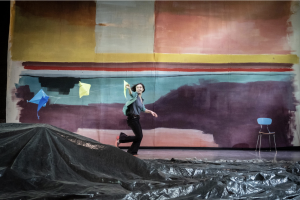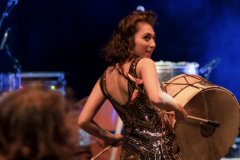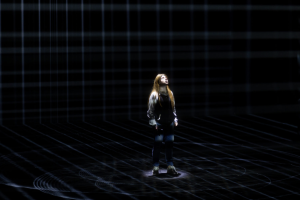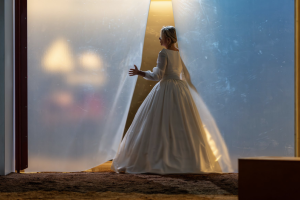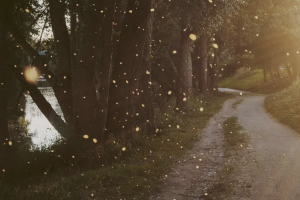- 52 views

Barocco
What do the revolting students of May 68 in Paris, Valerie Solanas who shot Andy Warhol in New York on June 3 and Jan Palach who set himself on fire in Prague in January 1969 have in common? The same cry of revolt.
Kirill Serebrennikov weaves an invisible thread between these figures, linking them together through the power of Baroque music.
From Bach to Handel, Serebrennikov picks from the great arias to celebrate those who dare to challenge the system, boldly navigating from one era to the next. Like the Baroque artists, the Russian director cultivates excess, emotion and contrasts. He offers a total, extravagant spectacle, where beauty and kitsch, pain and desire, laughter and despair, the rage to live and death rub shoulders.
In the image of a pianist playing with one hand, the other handcuffed to that of a faceless officer, the figure of the artist as an instrument of resistance runs through the entire show. Even hobbled and plagued by doubt, he struggles to make his vision heard, shouting out the beauty of the world. The image of fire, like a red thread, is as much a reminder of sacrifice and violence as it is of the intense flame that smolders. And hints at the possibility of a happy future.
Performance scheduleAjouter des dates
Performance archives
- Théâtre Nanterre-Amandiers | NanterreOct 25 > Oct 26, 2025
